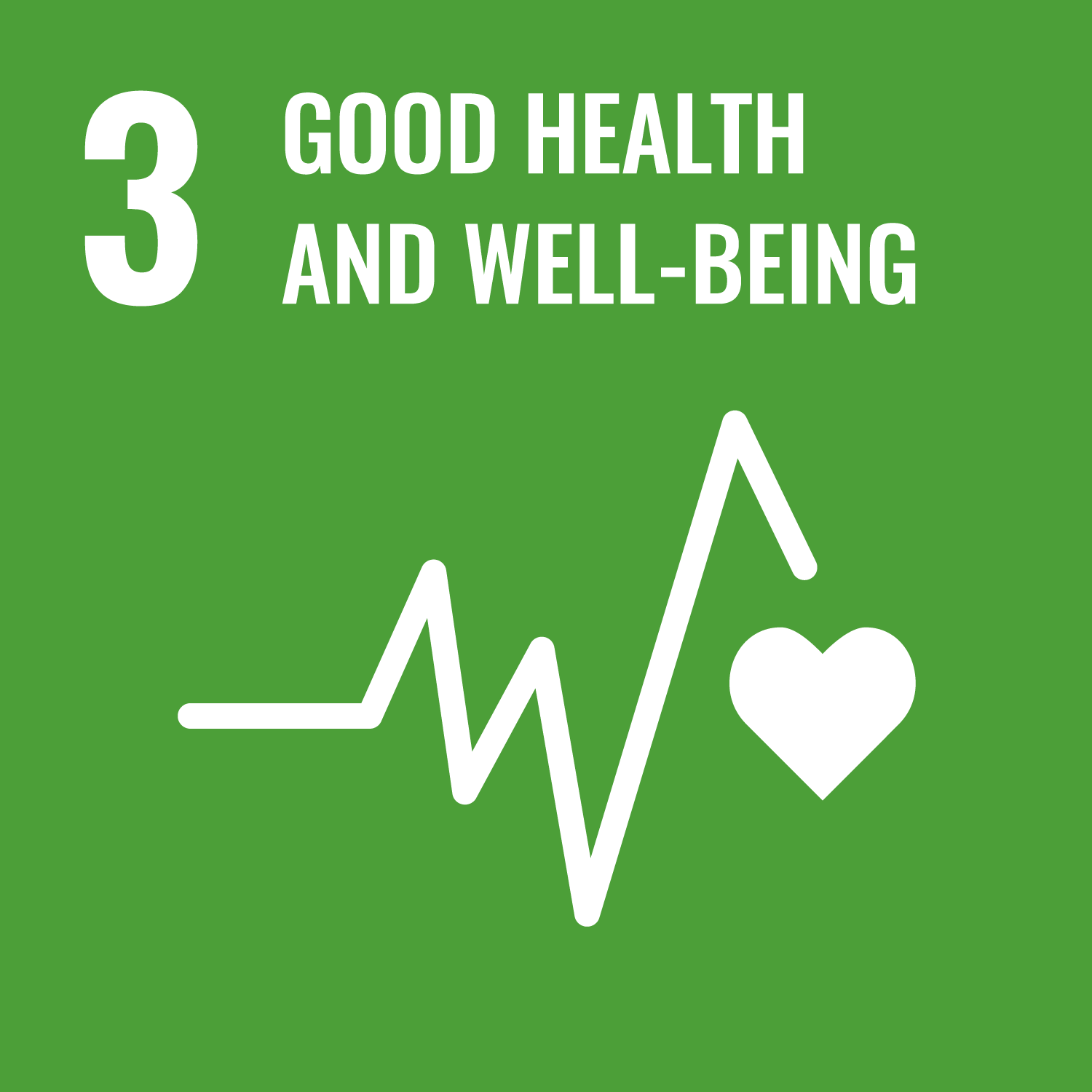Abstract
BACKGROUND: Globally, >300 million patients have surgery annually, and ≤20% experience adverse postoperative events. We studied the impact of both cardiac and noncardiac adverse events on 1-year disability-free survival after noncardiac surgery. METHODS: We used the study cohort from the Evaluation of Nitrous oxide in Gas Mixture of Anesthesia (ENIGMA-II) trial, an international randomized trial of 6992 noncardiac surgical patients. All were ≥45 years of age and had moderate to high cardiac risk. The primary outcome was mortality within 1 postoperative year. We defined 4 separate types of postoperative adverse events. Major adverse cardiac events (MACEs) included myocardial infarction (MI), cardiac arrest, and myocardial revascularization with or without troponin elevation. MI was defined using the third Universal Definition and was blindly adjudicated. A second cohort consisted of patients with isolated troponin increases who did not meet the definition for MI. We also considered a cohort of patients who experienced major adverse postoperative events (MAPEs), including unplanned admission to intensive care, prolonged mechanical ventilation, wound infection, pulmonary embolism, and stroke. From this cohort, we identified a group without troponin elevation and another with troponin elevation that was not judged to be an MI. Multivariable Cox proportional hazard models for death at 1 year and assessments of proportionality of hazard functions were performed and expressed as an adjusted hazard ratio (aHR) and 95% confidence intervals (CIs). RESULTS: MACEs were observed in 469 patients, and another 754 patients had isolated troponin increases. MAPEs were observed in 631 patients. Compared with control patients, patients with a MACE were at increased risk of mortality (aHR, 3.36 [95% CI, 2.55-4.46]), similar to patients who suffered a MAPE without troponin elevation (n = 501) (aHR, 2.98 [95% CI, 2.26-3.92]). Patients who suffered a MAPE with troponin elevation but without MI had the highest risk of death (n = 116) (aHR, 4.29 [95% CI, 2.89-6.36]). These 4 types of adverse events similarly affected 1-year disability-free survival. CONCLUSIONS: MACEs and MAPEs occur at similar frequencies and affect survival to a similar degree. All 3 types of postoperative troponin elevation in this analysis were associated, to varying degrees, with increased risk of death and disability.
DOI Link
Publication Date
2018-01-01
Publication Title
Anesthesia and Analgesia
Volume
127
Issue
5
ISSN
0003-2999
Additional Links
First Page
1118
Last Page
1126
Recommended Citation
Beattie, W., Wijeysundera, D., Chan, M., Peyton, P., Leslie, K., Paech, M., Sessler, D., Wallace, S., Myles, P., Galagher, W., Farrington, C., Ditoro, A., Baulch, S., Sidiropoulos, S., Bulach, R., Bryant, D., O'Loughlin, E., Mitteregger, V., Bolsin, S., Osborne, C., McRae, R., Backstrom, M., Cotter, R., March, S., Silbert, B., Said, S., Halliwell, R., Cope, J., & Fahlbusch, D. (2018) 'Implication of major adverse postoperative events and myocardial injury on disability and survival: A planned subanalysis of the ENIGMA-II trial', Anesthesia and Analgesia, 127(5), pp. 1118-1126. Available at: 10.1213/ANE.0000000000003310
Tables_1-3_August_1_2017.docx (48 kB)
Suppl_material_August_10_2017_KL.docx (83 kB)
Additional Files
ENIGMA_ll_TROPONIN_August_15_2017.docx (137 kB)Tables_1-3_August_1_2017.docx (48 kB)
Suppl_material_August_10_2017_KL.docx (83 kB)


